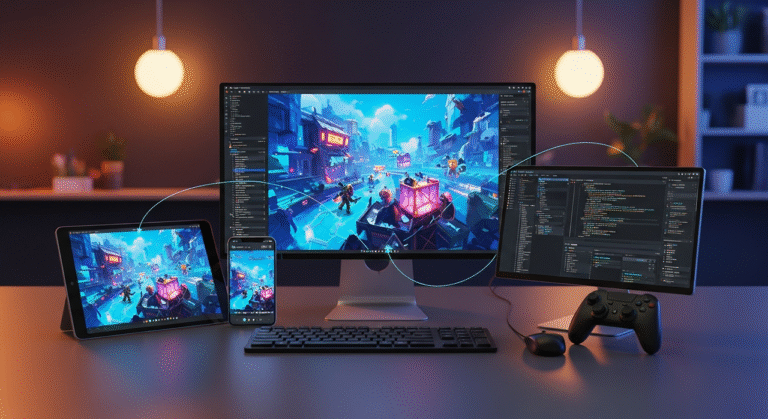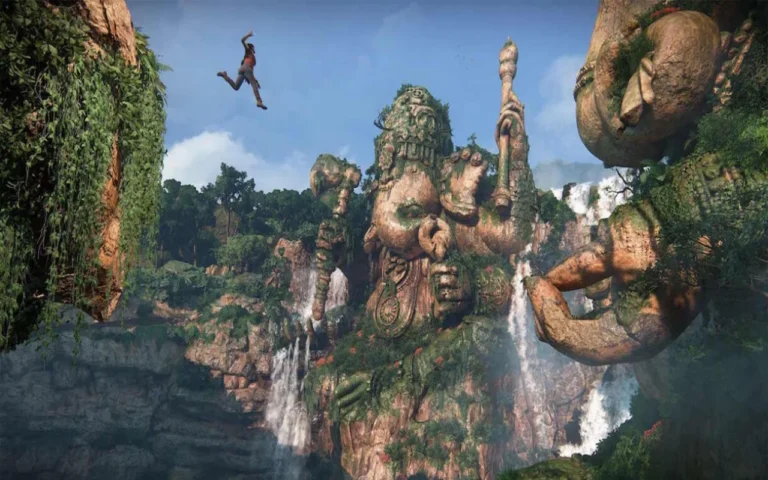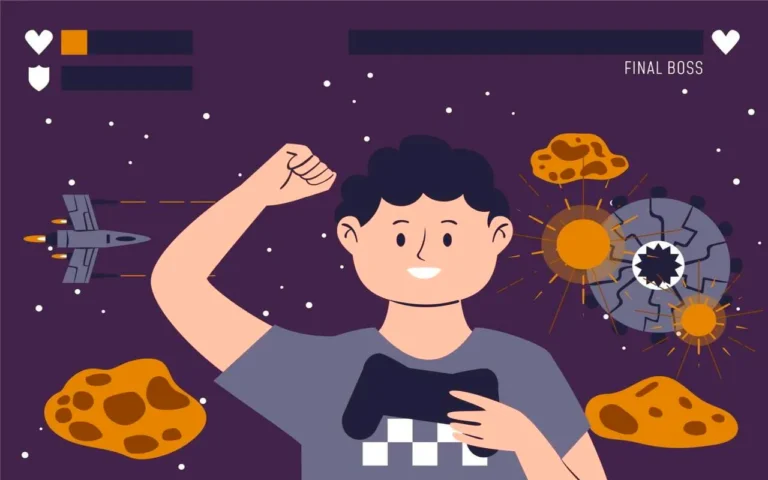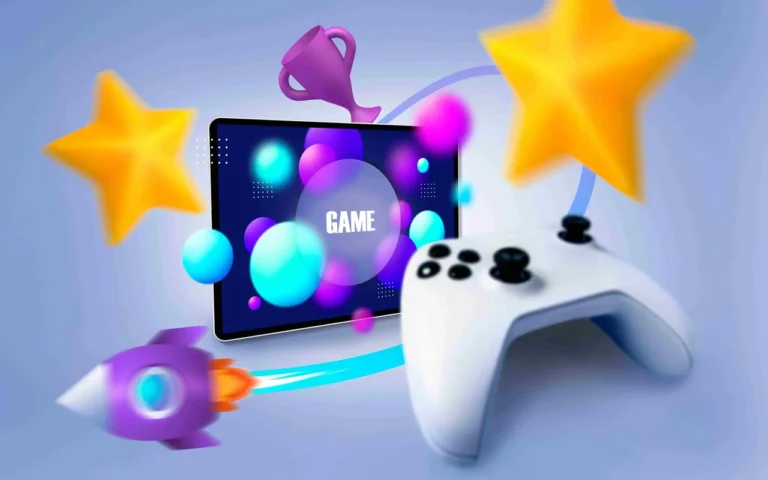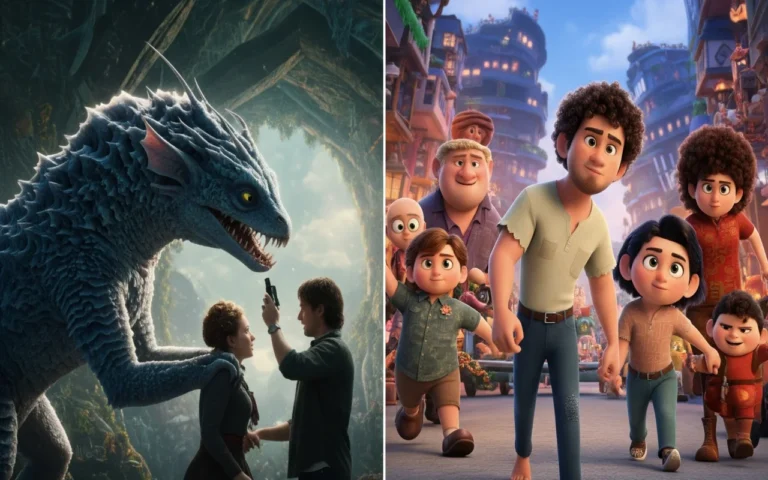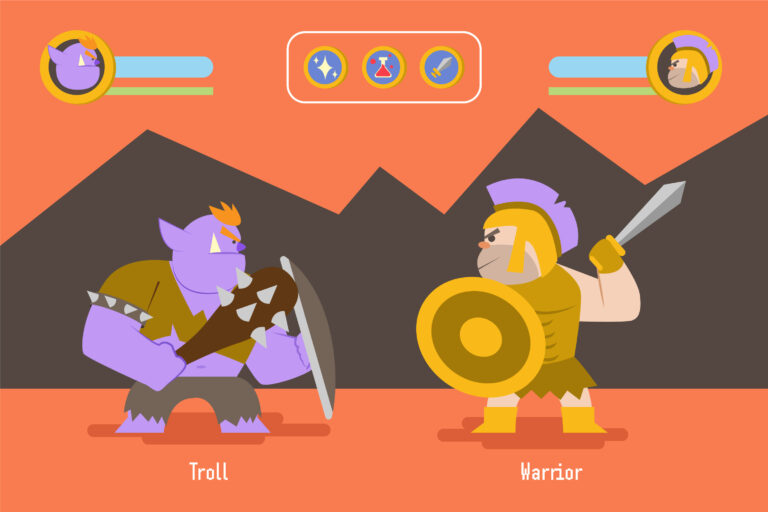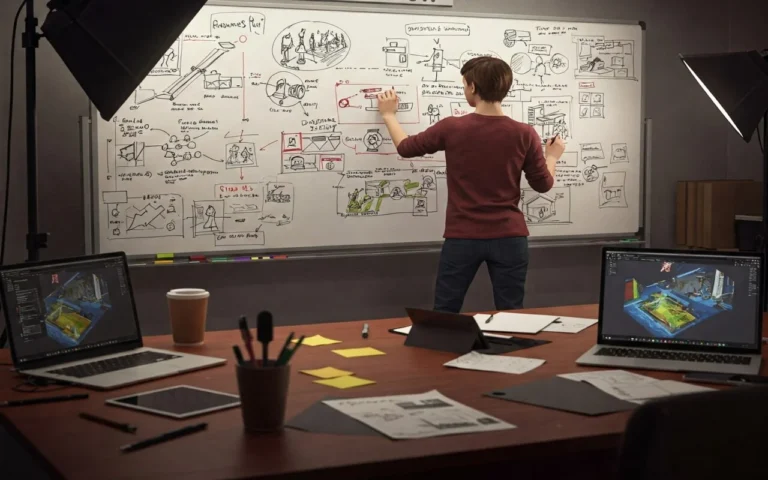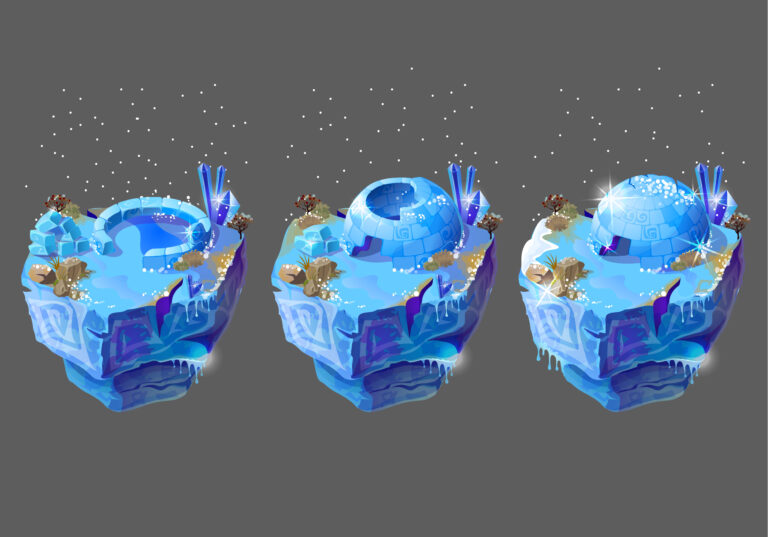You know, when you first boot up a new game, what is usually the very first thing that truly grabs you? A lot of the time, it is the overall artistic style, right? A game’s artistic style is not just about making things pretty; it is more like the game’s actual visual personality, its own distinct voice. These days, with so many games out there, having a smart idea or even solid gameplay is often not quite enough to truly get noticed. What really makes a game stick with players—something they immediately recognize even from a quick glimpse—is that genuinely unique artistic style it has.
This is not simply about making visuals appealing. You see, it is all about carefully putting together a visual identity that genuinely improves the way you interact with the game. It helps reinforce the narrative and provides players with an experience they simply will not forget. A truly effective and original art style has this amazing ability to spark specific feelings, set the perfect mood, and even get across really complicated concepts without anyone having to say a single word.
If you are an artist, a game developer perhaps, or simply someone who finds themselves totally captivated by how your favorite games are brought to life, then grasping how to create a genuinely unique artistic style is, without a doubt, crucial if you hope to leave your own personal imprint. Whether you’re working solo or teaming up with a game art studio, let us now truly delve into the process of forging that signature look—the one that will help your game genuinely distinguish itself from all the others out there.
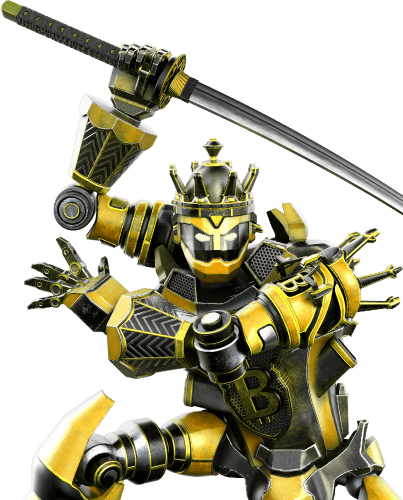
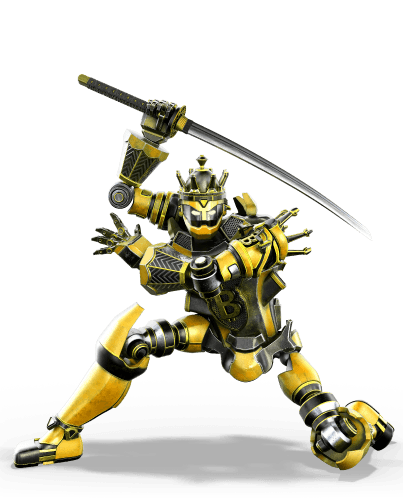
Need Game Art Services?
Visit our Game Art Service page to see how we can help bring your ideas to life!
What Is a Unique Artistic Style in Games?
What is it, truly, that makes an artistic style in video games truly unique? Honestly, it runs far deeper than simply choosing specific colors or a particular rendering method. Instead, imagine it as the full, rich visual vocabulary your game uses to communicate. It is that steady, cohesive collection of aesthetic decisions that genuinely shapes every single part of it. Everything from how your characters appear and their surroundings feel, right down to the user interface and even the most minute little particles drifting by.
When a style is genuinely singular, you just get it the moment you see it, do you not? You know, it just grabs your attention right away. That uniqueness is not really about just being different to stand out, though. Instead, it is all about making those really intentional and significant decisions that genuinely set your game apart, and it does so while perfectly supporting its main goal and how everything actually functions. So, what exactly is involved in crafting a truly unique style, then? Well, it means developing visuals that feel cohesive, purposeful, and—perhaps most importantly of all—authentically you.
That one-of-a-kind appearance could stem from a specific drawing technique, maybe pull ideas from an older art movement, utilize principles of color theory in game art for a truly unforgettable palette, or even involve a particular way of conceptualizing characters. Ultimately, it is that unmistakable visual signature that ensures your game genuinely shines as something special within the vast landscape of interactive entertainment.
The Role of Artistic Style in Game Design
Art Style
It’s the game’s soul, not just a pretty face! Let’s be straight up about this: artistic style in games isn’t just some last-minute visual tweak. No way. It’s actually a massive, super-powerful element that genuinely shapes practically every single part of how a game comes together and, crucially, how players actually experience it. We’re talking about something absolutely fundamental here.
Making That Killer First Impression
Think about your game for a second! Its visual vibe is usually the absolute first thing anyone sees, right? A really unique, eye-catching style can instantly grab someone’s attention. Like, bam! It makes your game super memorable and genuinely makes them want to dive deeper and learn more. You know, that “got to see what this is about” feeling.
Seriously Boosting Gameplay & Story
And here’s where it gets even cooler: the visual choices you make directly impact how players experience the game. Imagine a horror game. A dark, muted color palette perfectly nails that feeling of dread, doesn’t it? But if you’ve got a quirky comedy platformer, then bright, over-the-top characters are obviously the perfect fit! It completely sets the mood, gives you the context you need, and can even subtly guide what players do next. It’s all connected.
Smart Moves in Production & Tech
Choosing a specific style, like pixel art or low-poly 3D, might look like you’re limiting yourself visually. But honestly? That’s actually a smart play! It can drastically speed up how fast you create assets and seriously cut down on development costs. Plus, it gives you a clear roadmap for what your game engine and hardware will need to handle. Way less guesswork.
Building an Identity That Lasts
Ultimately, a strong, consistent art style basically becomes the game itself. It leaves this unforgettable mark and helps you build a genuinely dedicated community. Seriously, it’s a massive part of how a game gets recognized, how it builds its brand, and how it stays etched into players’ hearts for years and years. It’s the stuff of legends, really.
Steps to Developing a Unique Artistic Style
You know, creating an artistic style that genuinely sets itself apart? That is absolutely not a simple, linear process you can just follow by the numbers. It is much more of an iterative path, often a bit chaotic, that truly involves a good deal of experimenting, listening to critiques, and being quite willing to adjust as you go. Still, there are certainly concrete steps you can take to guide your efforts and significantly improve your odds of forging that very distinct visual identity.
Research and Inspiration
Honestly, this is where everything truly begins. You absolutely need to dive deep, deep into a massive pool of visual inspiration. And listen, do not just limit your exploration to other games out there.
Here are a few great ways to jump right in:
- You should genuinely immerse yourself in things like art history; really look at photography, fashion, architecture, nature, illustration, graphic novels—truly, anything at all that just gives you an idea.
- Then, begin assembling mood boards, absolutely filling them with pictures, textures, color schemes, and concepts that truly resonate with your game’s main ideas or the emotions you hope it will bring out.
- Take a moment or two to genuinely consider what your game is trying to communicate, or exactly how you want players to feel when they are playing it.
- Think about: Are there specific artists or perhaps even whole art movements that truly align with that vision? What kind of overall atmosphere are you trying to build?
- Finally, jot down keywords, quickly sketch out some thoughts, and just gather up anything and everything that simply feels right to your creative intuition.
This very first phase is entirely about soaking it all in, making unexpected connections between ideas, and just letting your subconscious start doing its incredible work.
Read More: Exploring the World of 3D Textures: A Comprehensive Guide
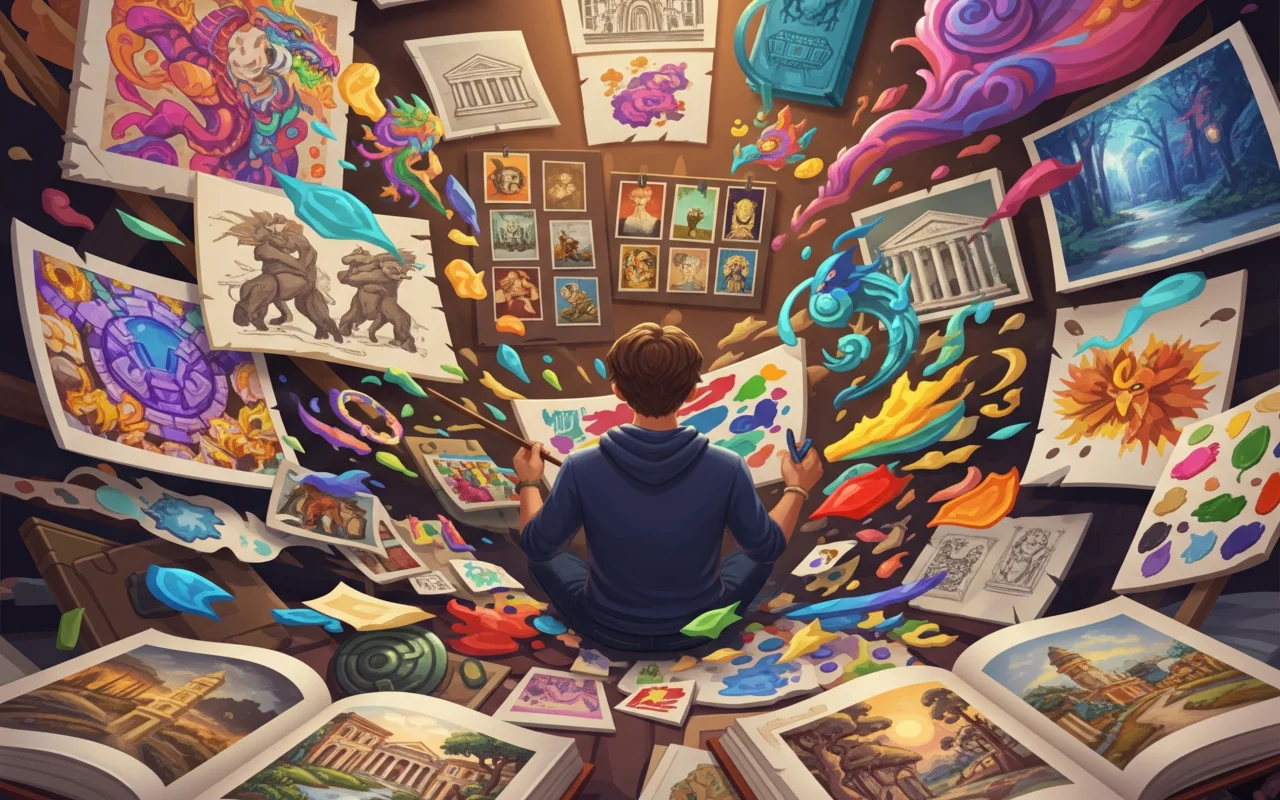
Experimentation
Once you have a rich pool of inspiration, it is time to get your hands dirty. This is the stage where you actually start creating, but without the pressure of perfection.
Try these approaches:
- Experiment wildly. Try out different rendering techniques, explore varied brushstrokes, or play with unusual color combinations.
- Push character proportions to their limits.
- If you are working in 3D, try different 3D modeling techniques, lighting setups, or texturing methods.
- Create small test scenes or prototype characters in several different styles.
- Do not be afraid to fail or to create things that look “bad”. The goal here is discovery.
Honestly, this part is pretty huge. It’s really where you start to figure out what’s actually clicking, what’s just a total bust, and, probably the most important bit, what really starts to feel uniquely yours. I mean, you’re basically shooting for that sweet spot where your original concept finally starts to turn into something you can literally touch and really see.
Consistency
Alright, so making things consistent in a game? Yeah, that basically just comes down to a few pretty simple ideas. I mean, like, each character, every part of the background, all the menu bits, even the smallest visual touches—they just have to look like they really go together in that same world, you know? And your color schemes, how heavy your lines are, the amount of detail you go for, and seriously, all your drawing techniques? They just gotta stay true to that style you picked out.
It’s kind of like, think about someone painting a truly stunning picture: each little brush mark, even if it’s super small or seems unimportant, helps build that one smooth, complete piece. It just all has to connect, just right.
Feedback and Iteration
Alright, so how does everything fit together in a game? Yeah, that basically just comes down to a few pretty simple ideas. I mean, like, each character, all the background bits, the menu parts, even the smallest little visual things. They just have to look like they really fit together in that same world, you know? And the colors you use, how chunky your lines are, how much detail you put in, and seriously, how you make it look? They just absolutely have to stick to that look you picked out.
It’s kind of like, think about someone painting an incredible painting: each brush stroke, even if it’s super small or seems unimportant, plays a part in building that one fluid, unified piece. It just all just clicks, just right.
Different Art Styles in Games
The world of game art is incredibly diverse, and understanding the common categories of art styles can really help you pinpoint where your unique vision might fit or how you can blend elements to create something new. Each style comes with its own set of challenges, benefits, and aesthetic appeal.
Realism
The realistic art style in games aims to replicate the real world as closely as possible. This style often focuses on intricate details, lifelike textures, and accurate lighting to create an immersive and believable experience. Think of games that strive for photorealistic graphics, where characters and environments look almost indistinguishable from live-action footage.
Here are some characteristics of realism:
- High polygon counts for models.
- Detailed textures, often using physically based rendering (PBR).
- Complex lighting systems, including global illumination and ray tracing.
- Emphasis on accurate anatomy, physics, and environmental details.
While visually stunning, realism often requires significant development resources and powerful hardware.
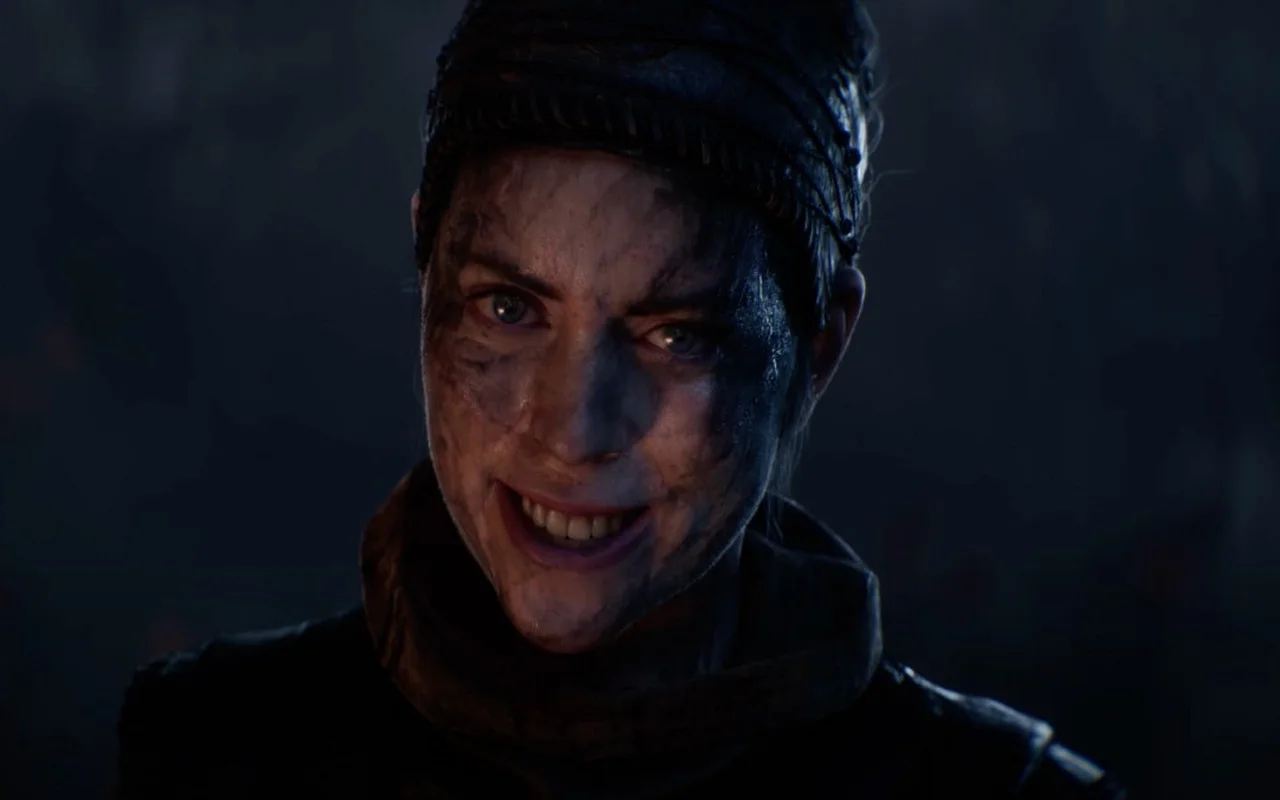
Stylized
So, stylized art? That’s probably the best way to get a really unique look. Instead of copying real life, you just exaggerate or simplify things to make your own style. This can go from being super cartoon-like to really gritty. The whole point is to purposely step away from reality to boost a certain feeling, an idea, or even just some part of how the game plays.
- Exaggerated proportions or features for characters.
- Bold outlines or simplified forms.
- Expressive color palettes that might not be true to life.
- Focus on conveying emotion or personality over strict accuracy.
This style allows for immense creative freedom and can often age better than attempts at photorealism, as it is not bound by constantly evolving graphical fidelity.
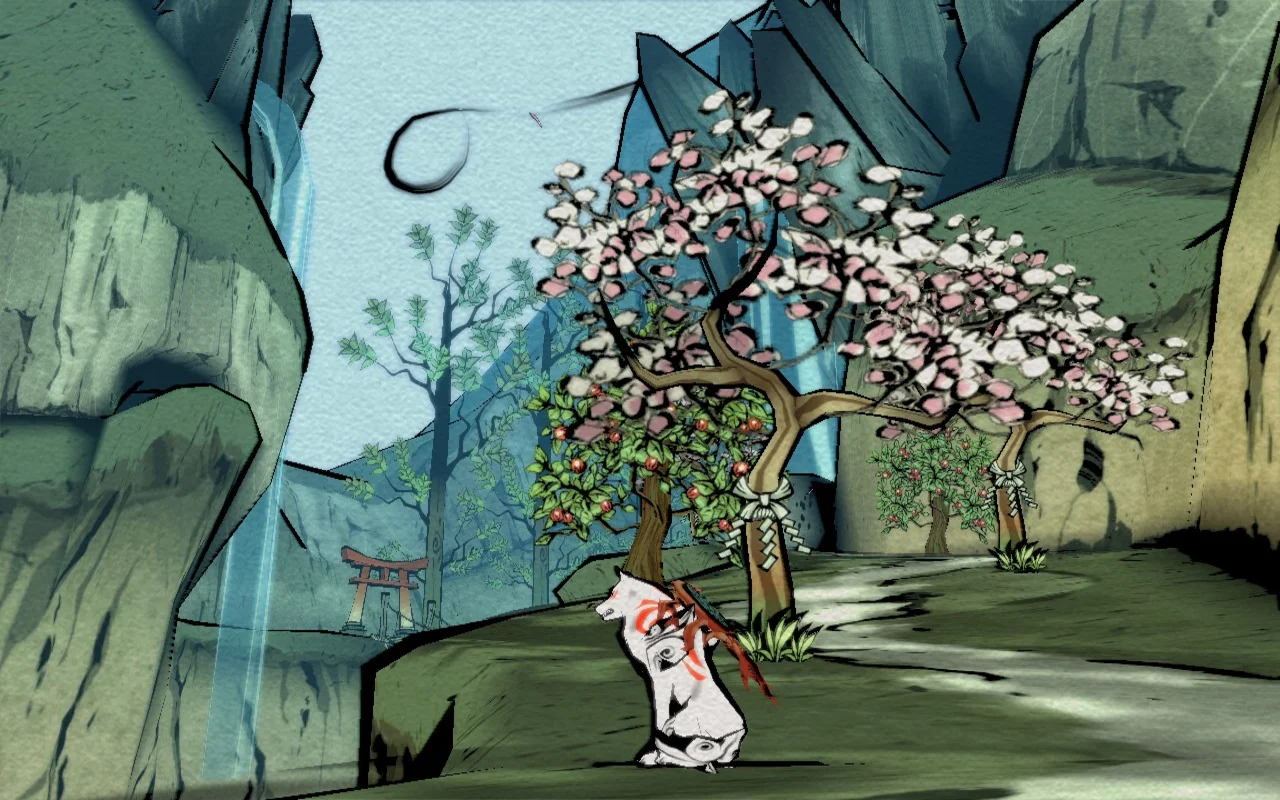
Pixel Art
So, pixel art, right? It’s that old style made from tiny squares. It makes you feel nostalgic for old games, but it’s super popular again now. It just has this appeal, it’s really clear, and fast to make. Modern pixel art even uses new animation and lighting tricks, but it still keeps that unique, blocky look.
Key aspects of pixel art include:
- Low resolution images where individual pixels are visible.
- Limited color palettes, often used strategically.
- Emphasis on strong silhouettes and clear visual communication despite simplicity.
- Can be highly efficient for development, especially for indie games.
This style requires a deep understanding of composition and color theory to make the most out of limited resources.
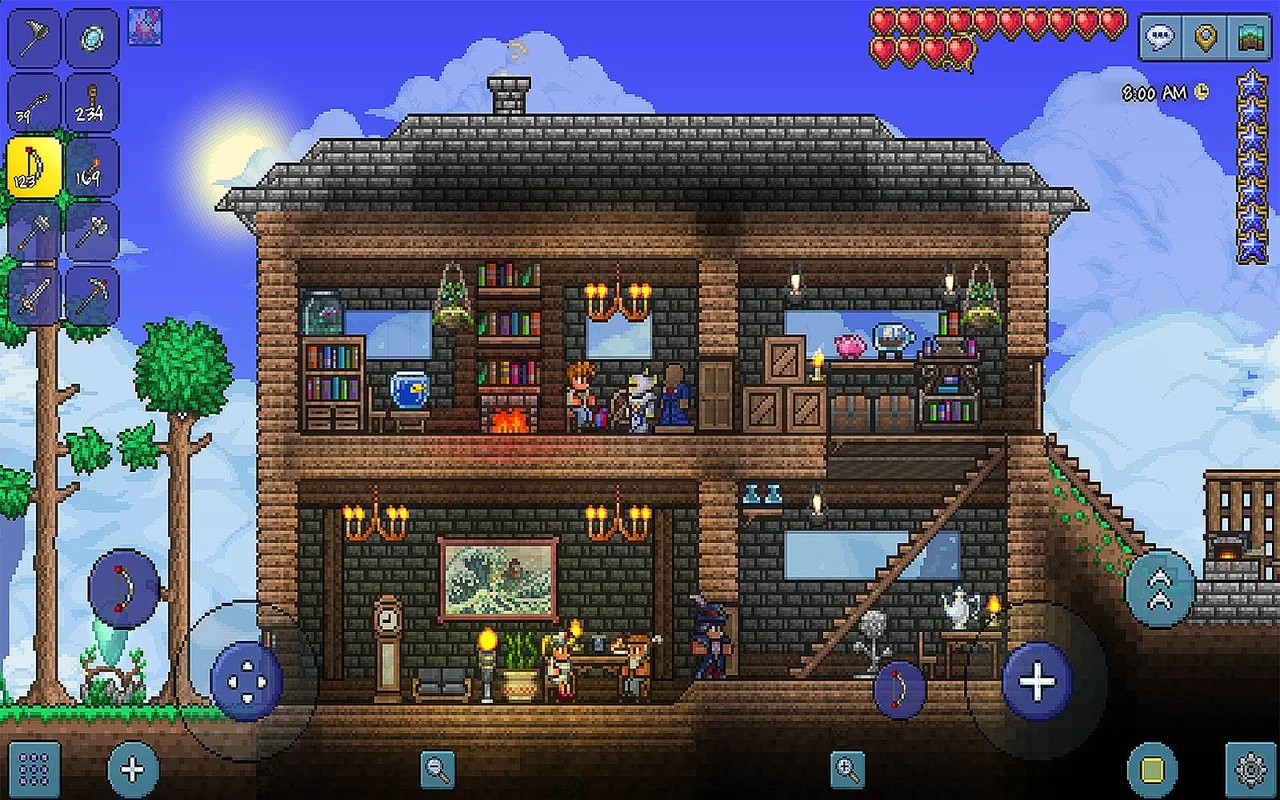
Cel-Shading
Cel-shading, sometimes called “toon shading,” is a non-photorealistic rendering technique that makes 3D computer graphics appear flat, like a 2D cartoon or comic book. It achieves this effect by using distinct, often dark, outlines around objects and characters, and by applying flat blocks of color or simple gradients rather than complex shading.
Characteristics of cel-shading are:
- Bold, dark outlines around models.
- Flat, untextured colors or simple, sharp gradients for shading.
- Often used to mimic the look of traditional animation or comic books.
- Can give 3D characters a very strong, recognizable personality.
This style is popular for games that want a timeless, illustrative look, often seen in action-adventure or role-playing games.
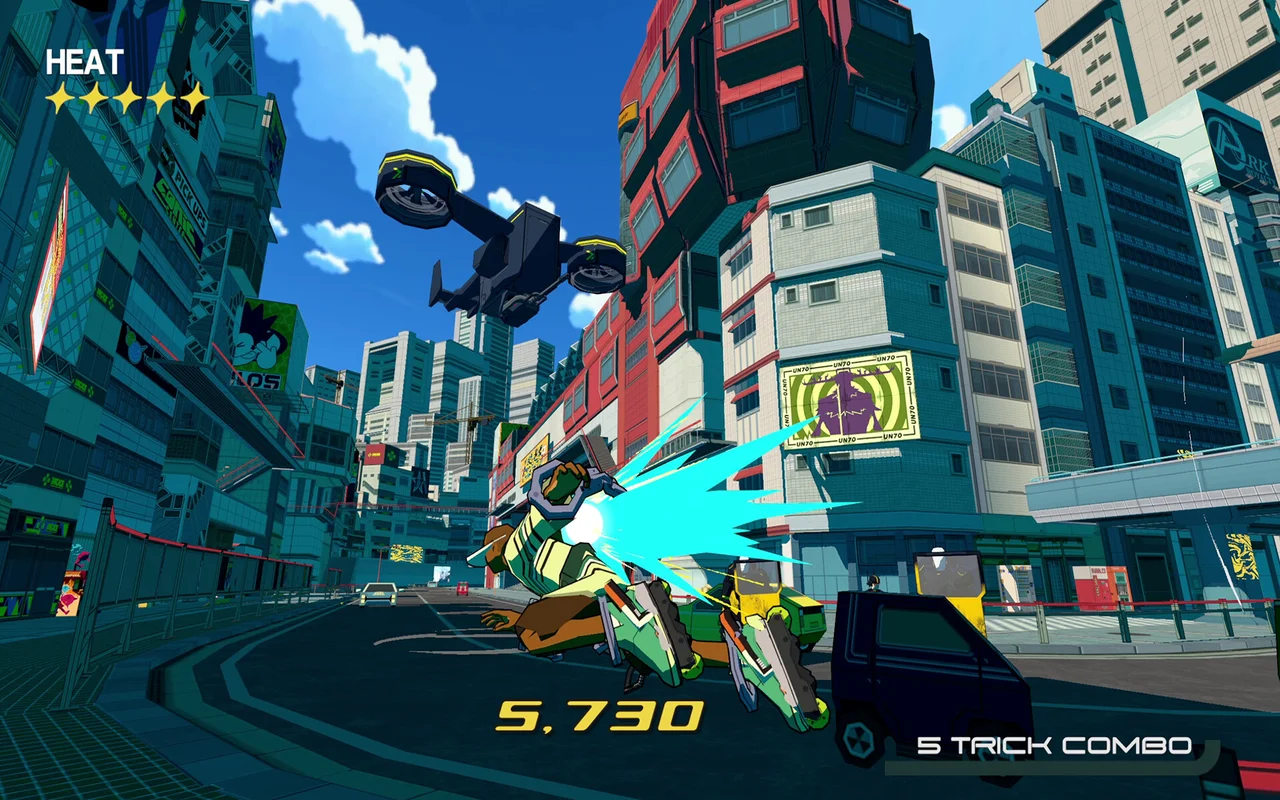
Low Poly
So, low poly? That’s a 3D art style. It uses just a few shapes, so the models look angular and you can see their flat sides easily. Mostly, it’s about simple, flat colors or basic textures, focusing on the main shape instead of tiny details.
Low poly features include:
- Models built with a reduced polygon count.
- Visible facets and sharp edges.
- Often uses flat colors or simple gradients for surfaces.
- Can be highly efficient for performance, especially on mobile or less powerful hardware.
This style has gained popularity for its clean aesthetic, often evoking a sense of minimalism or a stylized, almost toy-like appearance.
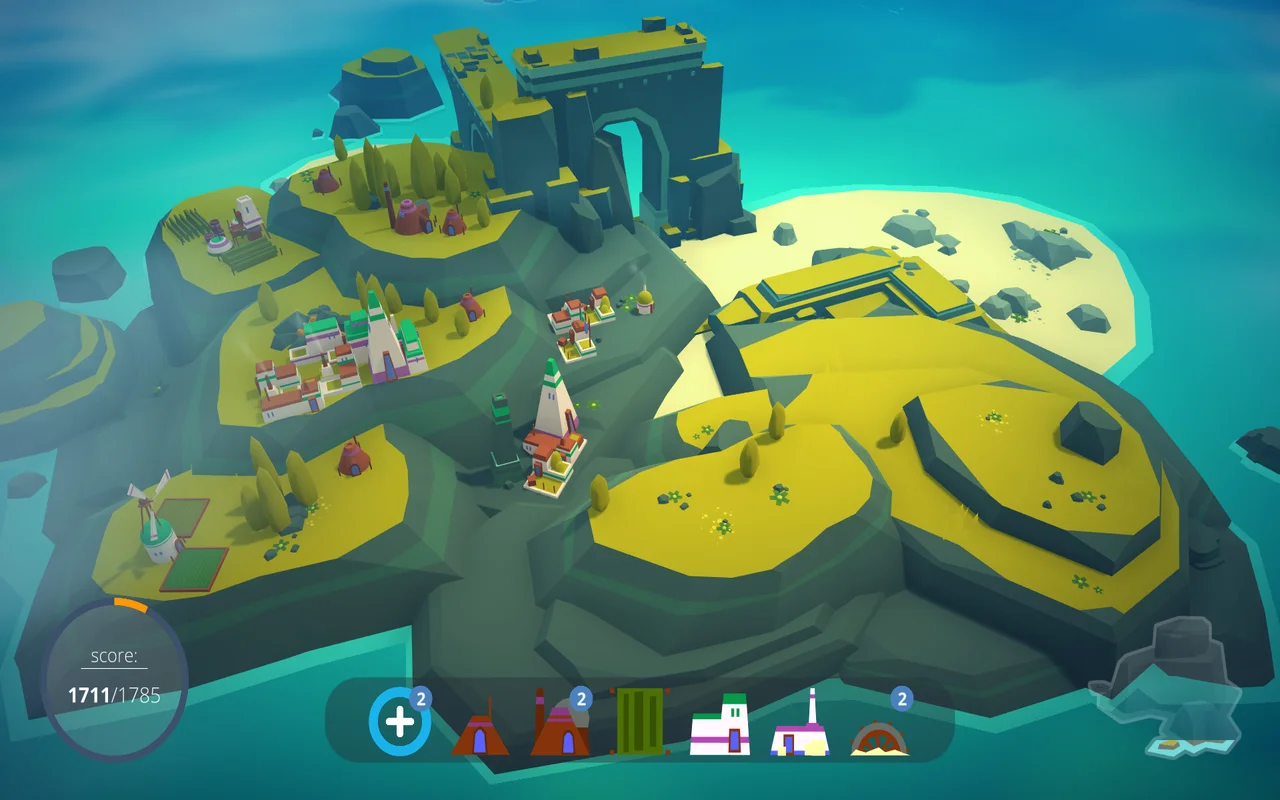
Tools and Techniques
Creating game art, regardless of the style, relies heavily on a diverse set of digital tools and specialized techniques. Understanding these tools is crucial for any aspiring game artist or developer.
2D Software
For games with a strong 2D aesthetic, or for creating initial concepts and textures for 3D games, 2D software is absolutely fundamental.
Here are some widely used 2D software tools:
Photoshop
This is kind of the main one for pixel art. It’s great for painting textures, concept ideas, and getting your sprites ready. Super flexible.
Illustrator
This is for art that stays super sharp no matter how much you resize it. Perfect for logos or characters that need really clean lines.
Clip Studio Paint
Lots of artists use this one, especially for drawing and comics. It’s good for hand-drawn game art because it has some nice animation features too.
Procreate (for iPad)
This is a really strong and easy-to-use drawing app. It’s a big favorite for artists who like working on a tablet.
3D Software
For games that utilize 3D graphics, whether realistic, stylized, or low poly, dedicated 3D modeling and animation software is essential.
Here are some leading 3D software tools:
Blender
It’s a free 3D tool that does a lot. You can make models, animate stuff, even edit videos. Lots of small game makers love it ’cause it’s free and can do anything.
Autodesk Maya
This is the main 3D animation program for big studios. Great for making characters move and for cool effects, ’cause it has so many tools.
Autodesk 3ds Max
Another very common tool. Good for making models, building designs, and game pieces. Known for making clean, solid models fast.
ZBrush
This is mainly for digital sculpting. It lets artists make super detailed, natural models, like working with clay. Often used for high-detail models that get simpler for games.
Texturing Tools
Texturing is the process of applying images or patterns to the surface of 3D models to give them color, detail, and material properties. Specialized tools have revolutionized this process.Here are some key texturing tools:
Substance Painter
This is the main program for painting directly on 3D models. It’s known for making stuff look real in any light.
Substance Designer
This tool helps you build custom textures from nothing, using a sort of block system. It’s great for making lots of different versions.
Marmoset Toolbag
Mostly for showing off 3D models, but it also helps move detail between models and make materials. Super useful for textures.
Case Studies
Looking at successful games with unique art styles can provide invaluable insights and inspiration. These examples show how deliberate aesthetic choices can define a game’s identity and contribute to its critical and commercial success.
Ori and the Blind Forest / Ori and the Will of the Wisps (Stylized/Painterly)
These games are like, masterpieces of styled art. They use this painted look with super rich light, bright colors, and detailed effects to make a world that feels both pretty and a bit sad.
Here’s what makes their style special:
- Hand-painted stuff: Gives the world a lush, natural, almost magical feel.
- Moving lights and particles: Used a lot to set the mood, guide you, and make the world feel alive.
- Smooth animation: Characters move so gracefully, really showing Ori’s magical and agile side.
The art totally fits the emotional story and how smooth the gameplay is, making these games easy to spot and totally pull you in.
Cuphead (1930s Cartoon Style / Cel-Shading)
Cuphead, that game just totally goes all-in with its art style.
Here is what defines its style:
- Hand-drawn animation: Every frame is meticulously hand-drawn, mimicking the techniques of early animation.
- Cel-shading and vintage effects: It uses cel-shading to give 3D elements a 2D, hand-drawn look, combined with film grain, chromatic aberration, and other effects to simulate old film.
- Period-accurate character designs: Characters, enemies, and environments all look like they stepped right out of a vintage cartoon.
This unwavering commitment to a niche aesthetic created an unforgettable visual experience that resonated globally.
Minecraft (Pixel Art / Voxel Art)
While often categorized as pixel art, Minecraft’s unique style is more accurately described as voxel-based (3D pixels). Its blocky, low-resolution aesthetic is instantly recognizable and has become a global phenomenon.
Here is what makes its style unique:
- Voxel-based world: The entire world is constructed from large, distinct blocks, giving it a unique geometric appearance.
- Simple, low-resolution textures: These enhance the blocky feel and contribute to its iconic look.
- Emphasis on player creativity: The simplicity of the visuals paradoxically encourages players to imagine and build complex structures.
- The style is not about realism, but about functionality, clarity, and fostering creativity, which perfectly aligns with its sandbox gameplay.
Challenges and Solutions in Creating a Unique Art Style
Making a really special art style? Yeah, that’s hard sometimes. You have to decide on the art ideas, handle what the computers can or can’t do, and then there’s everyone on the team working together. But if you plan good and find clever ways to fix issues, you can totally get over those hard parts.
Inconsistency
One of the most common challenges is maintaining consistency across all assets. As teams grow and development stretches over time, it is easy for different artists to interpret the style in slightly different ways, leading to a disjointed look.
Here are some solutions for inconsistency:
- Style Guides: Create comprehensive visual style guides that clearly define every aspect of the art style, from color palettes and material properties to character proportions and lighting rules.
- Regular Art Reviews: Conduct frequent art reviews where the art director or lead artist provides consistent feedback and ensures all assets adhere to the established style.
- Modular Asset Creation: Design assets in a modular way that encourages reuse and consistent application of textures and materials.
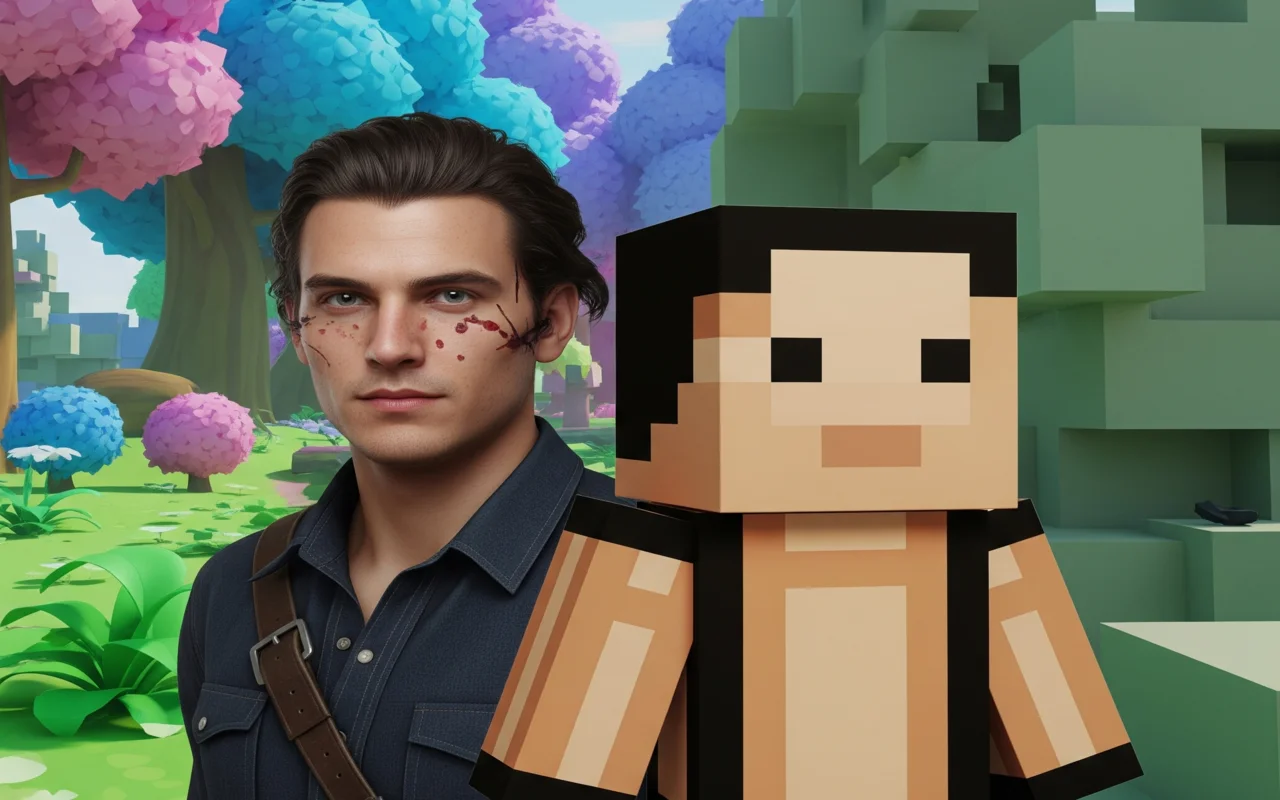
Technical Limitations
Sometimes, your artistic vision might clash with the technical limitations of your game engine or target hardware. A highly detailed realistic style might not run well on a mobile device, or a complex shader might be too performance-heavy.
Here are some solutions for technical limitations:
- Early Prototyping: Test your art style on target hardware early in development to identify performance bottlenecks.
- Optimization Techniques: Learn and apply optimization techniques such as texture atlases, efficient polygon counts, and optimized shader graphs.
- Embrace Limitations: Sometimes, embracing limitations can lead to unique styles, like the rise of low-poly art or pixel art, which are efficient by nature.
Lack of Vision or Direction
Without a clear artistic vision from the outset, a game’s art can feel generic or uninspired. This can happen if the art director is unsure or if there is no strong creative lead for the visuals.
Here are some solutions for a lack of vision:
- Strong Art Direction: Establish a clear art director or lead artist who can articulate and guide the visual style.
- Concept Art and Mood Boards: Invest heavily in concept art and mood boards to solidify the vision before production begins.
- Iterative Prototyping: Create small, playable prototypes that embody the art style to see if it truly works in-game.
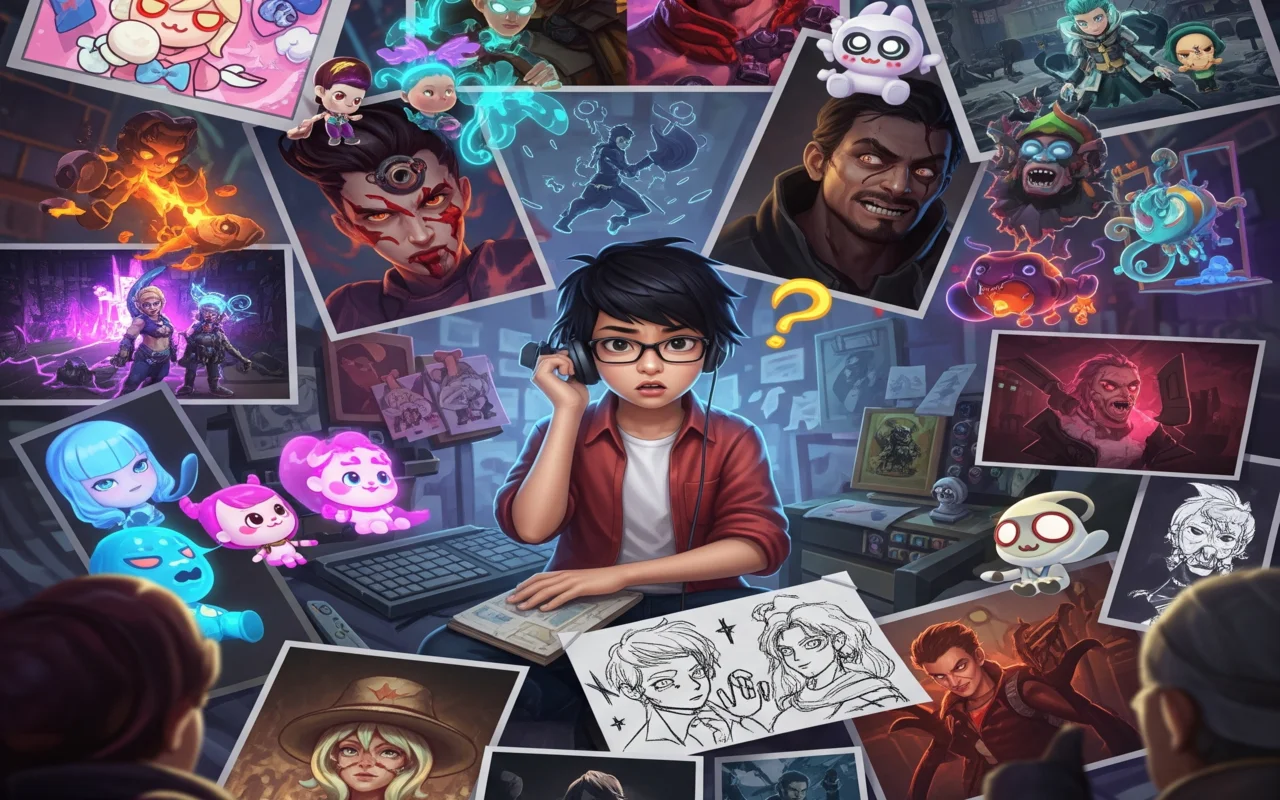
Scope Creep
Artistic scope creep occurs when the ambition for visual fidelity grows beyond the project’s resources or timeline, leading to delays and increased costs.
Here are some solutions for scope creep:
- Define Scope Early: Clearly define the scope of the art assets and stick to it.
- Prioritize: Focus on what is most important for the core experience and iterate on less critical elements later.
- Regular Check-ins: Have regular meetings to ensure the art team is on track and not over-delivering on unnecessary details.
Conclusion
Making a unique art style for games is hard, but totally worth it. It gives your game its own look and helps its story. It takes ideas, trying stuff, keeping things the same, and getting feedback. Knowing different art styles, like pixel art or realism, helps you create something new. You have tons of tools. Even if there are problems, they’re just chances to get creative. A unique style makes your game great and unforgettable; it’s its soul.
